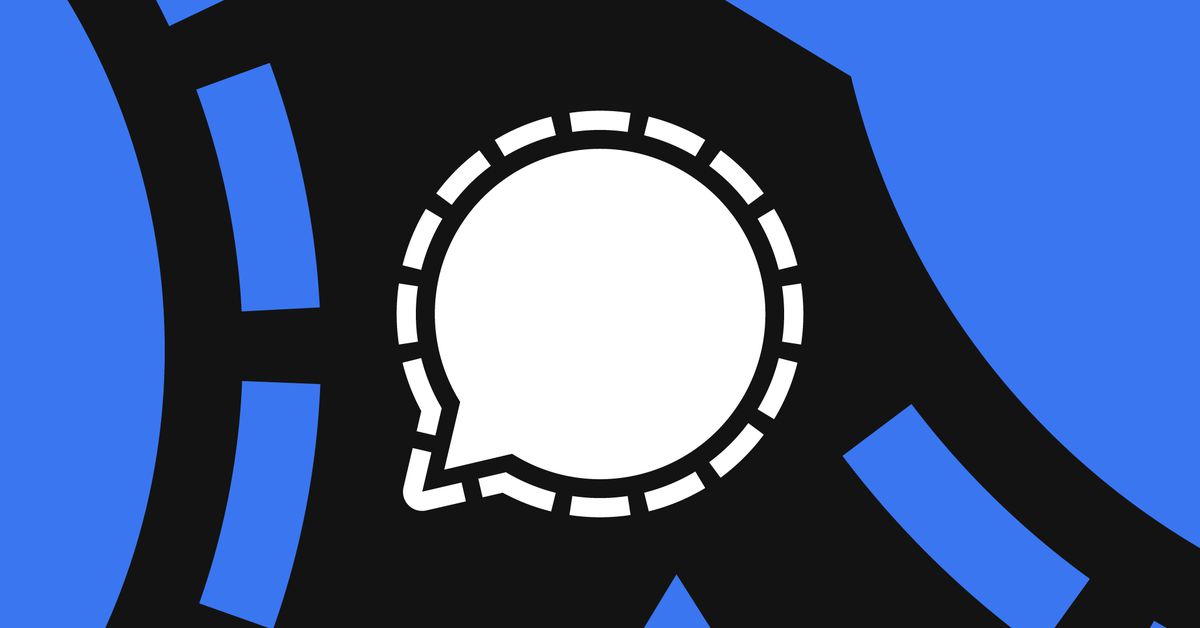- cross-posted to:
- [email protected]
- cross-posted to:
- [email protected]
“Signal is being blocked in Venezuela and Russia. The app is a popular choice for encrypted messaging and people trying to avoid government censorship, and the blocks appear to be part of a crackdown on internal dissent in both countries…”



Would peer to peer apps be resistant to this sort of thing?
Yes, but you’ll have to install them from sources other than what governments deem official. Like F-droid.
Now, if they block p2p traffic that’s a different story
I am totally cool with F-droid.
It depends. Somehow it has to discover the peers. Other than that, they could block traffic between residential IP addresses and there goes large part of the P2P network
deleted by creator
Peer to peer apps do not work without a centralized relay to get you around the CG-Nat that cellphones live behind. So they’re not really peer to peer. You would be playing whack-a-mole with the relays, having to spin them up as they get blocked. Many ISPs implement CG-NAT as well. Its really dependent on how the network providers structure things. Someone from the country with local knowledge would have to test it.
IPv6 doesn’t need CGNAT. So as long as it’s capable of doing IPv6, it can directly communicate peer to peer using globally unique addresses. How do I know this? Simple because my ISP on IPv4 is completely CGNAT and I cannot get anything past it. So I am completely forced to use IPv6 for any service I want to run and access from outside my network.
Sure, but ipv6 is not widely adopted. I’m behind a CG-NAT but can’t get an ipv6 so I have to operate a vps bridge to host my services. Some cell networks have ipv6 support but a few implement a NAT for it as well. AT&T only allows port 80 and 443.
Its not consistent enough to be useful without a centralized relay.
I think that really depends on where you are. Here in the US, for example, IPv6 is pretty darn well adopted. And even 45% of Google’s internet traffic is done over IPv6.
Sure but if your looking to use a chat service, 45% is not a high enough watermark to have reliability. Its so contingent on the network operator to allow for an IPV6 connection. And like I said, places like AT&T have a NAT on their IPV6 network.
True, the only other option is something like simplex through tor. There are also p2p options like meshtastic as well.
Non ipv6 parts of the internet are considered derelict at at this point.
And… That doesn’t change the fact it’s not widely adopted enough for peer2peer chat services without the need of a relay.
IPv6 doesn’t need CGnet. So as long as it’s capable of doing IPv6, it can directly communicate peer to peer using globally unique addresses. How do I know this? Simple because my ISP on IPv4 is completely CG NAT and I cannot get anything past it. So I am completely forced to use IPv6 for any service I want to run and access from outside my network.